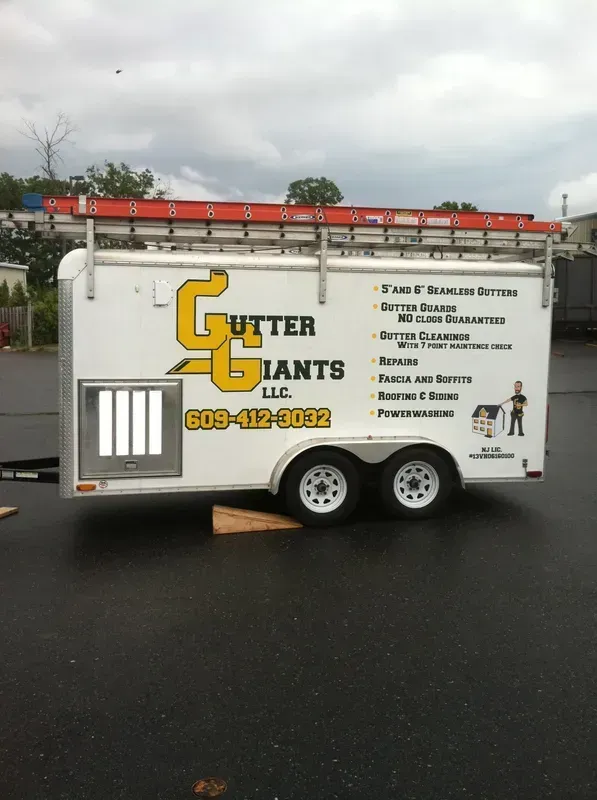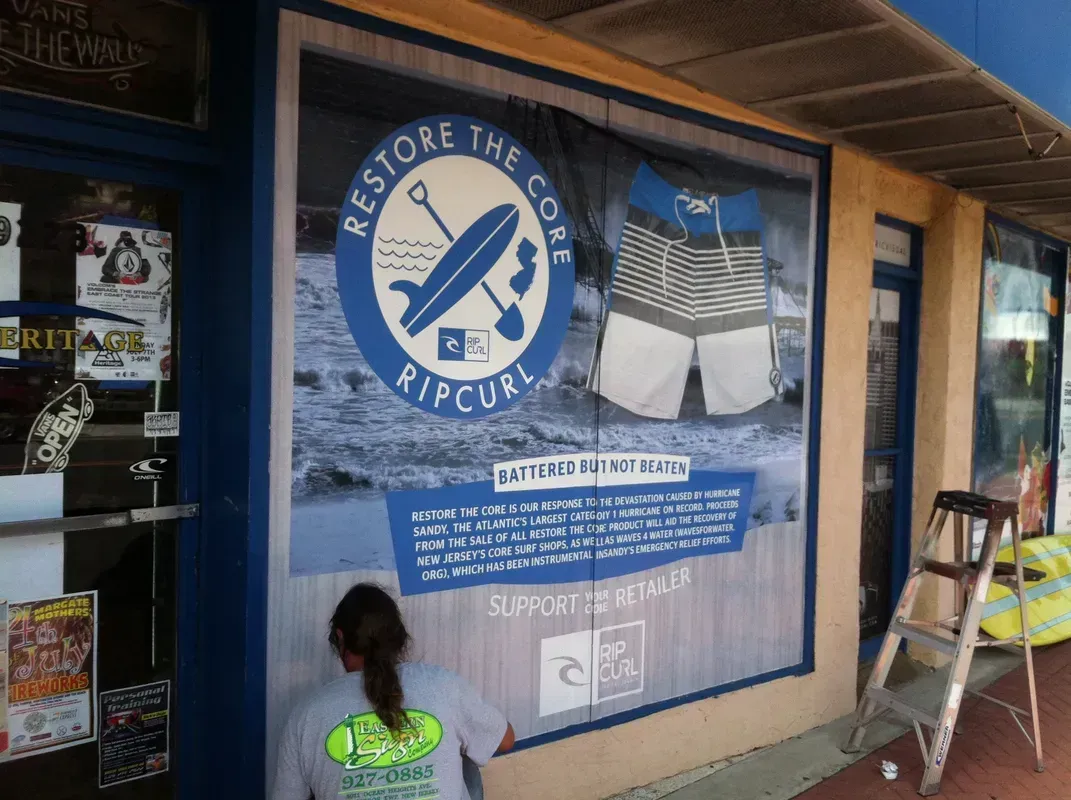The Do's and Don'ts of Custom Signage Printing for Small Businesses
Custom signage printing plays a pivotal role in the branding and visibility strategies of small businesses, serving as both a silent salesperson and a visual communicator of a brand's identity. In a crowded marketplace, the distinctive design and strategic placement of custom signage can significantly enhance a business's ability to attract and retain customer attention. This article aims to guide small business owners through the nuanced landscape of custom signage printing, delineating the best practices to follow and the common pitfalls to avoid. By understanding the critical elements that contribute to effective signage—from clarity and readability to material selection and regulatory compliance—business owners can leverage custom signage as a powerful tool to stand out, convey their message, and ultimately drive business growth. Navigating the dos and don'ts of custom signage printing is essential for maximizing its impact and ensuring it aligns with a business's overarching marketing objectives.
The Do's of Custom Signage Printing
Understand Your Brand Identity
- The essence of a business's brand identity—its logos, colors, and themes—must be cohesively mirrored in its signage to foster brand recognition and loyalty. Signage is not just a directional or informational tool; it's an extension of the brand itself, offering a visual narrative of what the business represents. When custom signage printing accurately embodies a brand's core elements, it creates a consistent and memorable experience for customers. This consistency is crucial, as it helps to build trust and familiarity among the audience. A well-crafted sign that aligns with the brand's identity can evoke the right emotions and perceptions, setting the tone for the customer's experience even before they walk through the door. Moreover, it distinguishes the business in a competitive landscape, making it easily identifiable and memorable. Therefore, investing in custom signage that reflects the brand's identity is not just about aesthetics; it's a strategic move that can significantly influence customer perceptions and business success.
Prioritize Clarity and Readability
- Clear, readable fonts and designs are paramount in custom signage printing as they directly impact the effectiveness of conveying messages to the intended audience, especially from a distance. Legibility is key, as signage often serves as the first point of contact between a business and potential customers. Fonts should be chosen with care, prioritizing simplicity and clarity over elaborate styles that may sacrifice readability. Additionally, the design layout should be optimized for quick comprehension, with important information prominently displayed and easy to discern. Whether it's a storefront sign or directional signage within a store, the goal is to ensure that passersby or customers can grasp the message at a glance, even from a distance or while in motion. Neglecting this aspect can result in missed opportunities for engagement or confusion, ultimately undermining the effectiveness of the signage in driving foot traffic and conveying essential information about the business. Therefore, when it comes to custom signage printing, clarity and readability should always be top priorities..
Know Your Audience
- Tailoring signage to the preferences and behaviors of the target audience is a strategic approach that can significantly enhance its impact and effectiveness. Understanding the demographics, interests, and needs of the audience is essential for crafting signage that resonates with them on a deeper level. This involves conducting thorough market research to gain insights into the audience's preferences, including their aesthetic tastes, communication styles, and purchasing behaviors. By aligning the design, messaging, and tone of the signage with what appeals most to the target audience, businesses can increase engagement and capture attention more effectively. For example, signage targeting a younger demographic might incorporate trendy design elements and language, while signage for an older audience may prioritize clarity and professionalism. Ultimately, tailoring signage to the target audience demonstrates a commitment to meeting their needs and preferences, fostering stronger connections and driving better results for the business.
Choose the Right Materials
- When considering custom signage printing, choosing the right materials is crucial for ensuring longevity, durability, and visual appeal. A variety of materials are available, each with its own characteristics and suitability for different purposes. Common materials include vinyl, acrylic, metal, wood, and PVC, among others. In this section, we'll provide an overview of these materials and offer tips on selecting the most suitable ones based on various factors.
Vinyl is versatile and cost-effective, ideal for indoor and outdoor applications. Acrylic is known for its sleek appearance and durability, making it suitable for upscale signage. Metal offers a professional look and is highly durable, perfect for outdoor signage in harsh weather conditions. Wood provides a rustic and charming aesthetic, suitable for businesses aiming for a more natural look.
When choosing materials, consider factors such as the signage's location (indoors or outdoors), durability needs (long-term or temporary), and budget constraints. Selecting high-quality materials that align with these considerations will ensure that your custom signage not only looks great but also withstands the elements and delivers a strong return on investment.
Consider Placement Strategically
- Selecting the right location for signage is crucial for maximizing visibility and attracting the attention of potential customers. Businesses should prioritize areas with high foot traffic and visibility to ensure that their signage receives maximum exposure. High-traffic areas near entrances, sidewalks, or major thoroughfares are ideal locations for signage to capture the attention of passersby effectively.
Moreover, it's essential to adhere to local regulations and zoning laws governing signage placement. These regulations often dictate factors such as size, height, illumination, and proximity to property lines. Violating these regulations can result in fines or penalties and may damage the reputation of the business.
Before installing signage, businesses should research and familiarize themselves with local regulations to ensure compliance. Consulting with local authorities or zoning departments can provide valuable guidance and assistance in navigating these regulations effectively. By selecting high-visibility locations and adhering to local regulations, businesses can maximize the impact of their signage while avoiding potential legal issues.
Invest in Quality Design and Printing
- Emphasizing the importance of professional design and high-quality printing is essential for ensuring that signage effectively communicates the intended message and maintains its visual appeal over time. Professional designers possess the expertise to create eye-catching designs that capture attention and convey the brand's message effectively. They can incorporate elements such as color psychology, typography, and layout principles to maximize the visual impact of the signage.
Furthermore, high-quality printing ensures that the signage is produced with precision and attention to detail, resulting in crisp graphics, vibrant colors, and durable finishes. This not only enhances the overall aesthetics of the signage but also contributes to its longevity and durability, allowing it to withstand exposure to various environmental factors such as sunlight, moisture, and temperature fluctuations.
Investing in professional design and printing may require additional upfront costs, but the long-term benefits in terms of enhanced visibility, brand perception, and durability make it a worthwhile investment for any business looking to make a lasting impression with their signage.
The Don'ts of Custom Signage Printing
Overcrowding Your Signage
- It's tempting to fit as much information as possible onto a single sign, but overcrowding can overwhelm viewers and dilute the message's effectiveness. Avoid cramming too much text or too many images into a small space. Instead, prioritize clarity and simplicity to ensure that your message is easily understood at a glance.
Neglecting Local Signage Regulations
- Failure to comply with local signage laws and regulations can result in costly fines and legal issues. Before installing any signage, thoroughly research and understand the requirements and restrictions in your area. This includes considerations such as size, placement, and lighting. By adhering to these regulations, you'll not only avoid penalties but also maintain a positive reputation within the community.
Ignoring Durability and Maintenance
- Choosing low-quality materials for signage may seem like a cost-effective option initially, but it can lead to frequent replacements and maintenance headaches down the line. Invest in durable materials that can withstand weather conditions and wear and tear, ensuring that your signage remains effective and visually appealing for years to come.
Forgetting About Brand Consistency
- Your signage is an extension of your brand identity, so it's crucial to maintain consistency in design, colors, and messaging. Deviating from your established brand identity can confuse customers and weaken brand recognition. Ensure that your signage accurately reflects your brand's values and personality to maintain a cohesive and memorable brand image.
Skimping on Professional Assistance
- While it may be tempting to save money by handling signage design and printing in-house or through budget options, skimping on professional assistance can backfire. Professional designers and printers have the expertise and resources to create high-quality, visually appealing signage that effectively communicates your message and enhances your brand's image. Investing in professional assistance ensures that your signage reflects positively on your business and leaves a lasting impression on customers.
Best Practices for Effective Custom Signage
Implementing best practices is essential for creating effective custom signage that captures attention, communicates messages clearly, and reinforces brand identity. Start by conducting thorough research to understand your target audience's preferences, behaviors, and the local regulatory environment. This will guide decisions regarding design, messaging, and placement.
Prioritize simplicity and clarity in your signage design, using easy-to-read fonts, minimal text, and eye-catching visuals. Ensure that your signage reflects your brand identity consistently across all materials and channels to reinforce brand recognition.
Invest in high-quality materials and professional printing to ensure durability and longevity, minimizing the need for frequent replacements and maintenance. Regularly evaluate and update your signage to keep it relevant and impactful in changing market conditions.
Finally, consider the strategic placement of your signage to maximize visibility and effectiveness. Choose high-traffic areas where your target audience is likely to see and engage with your messaging.
By following these best practices, you can create custom signage that effectively promotes your business, attracts customers, and drives results.
Conclusion
As small businesses navigate the realm of custom signage printing, adhering to the do's and avoiding the don'ts becomes paramount for success. By prioritizing clear, concise messaging, choosing high-quality materials, and complying with local regulations, businesses can elevate their brand presence and attract more customers. Remember, signage is not just a display; it's an investment in your brand's visibility and success.
At Eastern Sign Company, we understand the significance of effective signage for small businesses. With over [insert number of years] years of experience, we specialize in creating custom signage solutions tailored to your unique needs. From design to installation, we ensure every aspect of your signage reflects your brand identity and resonates with your target audience.
To learn more about how Eastern Sign Company can help enhance your brand's visibility, contact us at (609) 927-0885. Let's make your signage stand out and drive business growth together.









